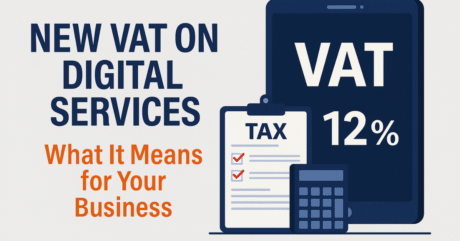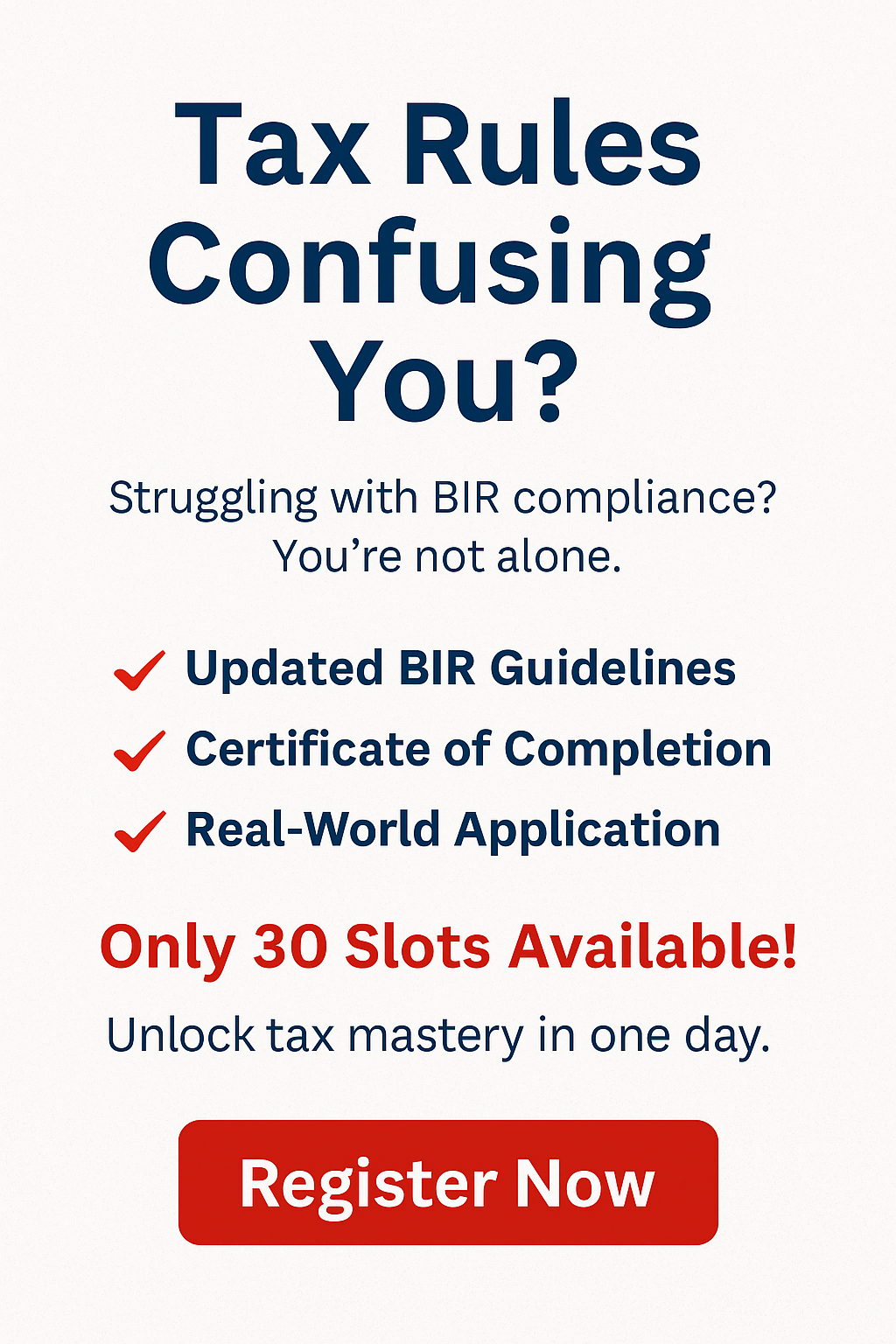- Understanding What Categorizing Means
- Set Up Your Chart of Accounts
- Gather Your Transaction Documents
- Identify the Nature of Each Transaction
- Categorize Each Transaction
- Record the Transactions in Your Bookkeeping System
- Double Check for Accuracy
- Regularly Update Your Books
- Consult with a Professional
- Use Software Features
Understanding What Categorizing Means
Step 1 | Categorizing means classifying your business transactions into different accounts to provide a clear picture of your finances for reporting and analysis. These categories are often aligned with the accounts listed on your chart of accounts.
Set Up Your Chart of Accounts
Step 2 | Your chart of accounts is a list of financial accounts, that’s tailored to your business’s specific needs. It typically includes:
- Assets (e.g., cash, equipment)
- Liabilities (e.g., loans, accounts payable)
- Equity (e.g., owner’s equity)
- Revenue (e.g., sales)
- Expenses (e.g., rent, utilities)
Gather Your Transaction Documents
Step 3 | Collect all transaction documents, including receipts, invoices, and bank statements. These documents contain vital information and serve as proof for each transaction.
Identify The Nature of Each Transaction
Step 4 | Review each transaction to understand its purpose. Ask yourself:
- What was this transaction for?
- Does it relate to revenue, an expense, an asset purchase, or a liability payment?
Categorize Each Transaction
Step 5 | Match each transaction to an account on your chart of accounts. Here’s what it might look like:
- Rent Payment: Categorize as an expense under ‘Rent.
- Service Sale: Categorize as revenue.
- Equipment Purchase: Categorize as an asset.
Record the Transactions in Your Bookkeeping System
Step 6 | Use bookkeeping software, a spreadsheet, or a manual ledger to record categorized transactions. Include the date, amount, payee or payer, category, and a memo for details if needed.
Double Check for Accuracy
Step 7 | Review the categorized transactions to ensure that each is placed in the correct category. Accuracy is key to a true financial picture.
Regularly Update Your Books
Step 8 | Stay on top of your bookkeeping by regularly updating your records with new transactions. This practice makes tax time and financial analysis much easier.
Consult With a Professional
Step 9 | If you’re ever unsure about where to categorize a transaction, don’t hesitate to consult with an accountant or bookkeeping professional.
Use Software Features
Step 10 | – Many bookkeeping software systems offer features to help with categorization:
- Rules for Automatic Categorization: Set rules for recurring transactions.
- Bank Feeds: Connect your bank account for direct transaction import.
Categorizing transactions correctly is fundamental to maintaining an organized set of books and gaining insightful financial data for your business. By following these steps, you can ensure that you accurately track your finances and stay informed about the financial health of your business. Remember, consistency is the key to effective bookkeeping.









